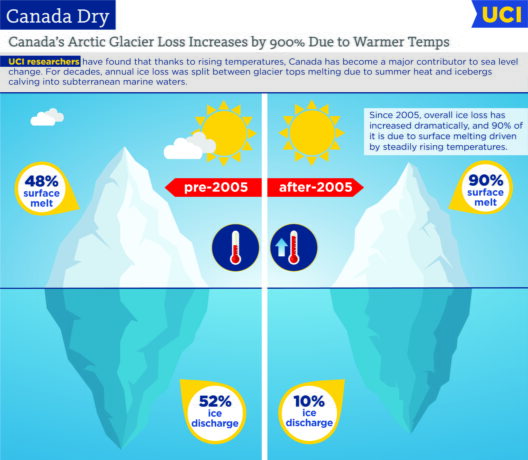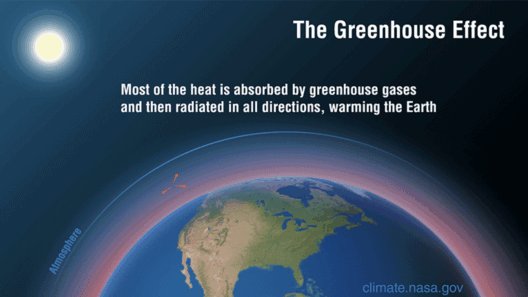The climate in Alabama is a subject of great intrigue, characterized by its Southern heat and the tempestuous storms that emerge from the Gulf of Mexico. This duality creates a distinct climatic identity that encapsulates both the allure and the challenges that residents face. Understanding Alabama’s climate requires an in-depth exploration of its meteorological patterns, geographic influences, and climatic phenomena.
Alabama is predominantly classified as a humid subtropical climate, a term that encapsulates the overarching characteristics of the state’s weather patterns. The state’s geographical location, nestled in the southeastern region of the United States, plays a pivotal role in shaping its climate. With its southward orientation toward the Gulf of Mexico, Alabama experiences milder winters and prolonged, sultry summers. This region is often synonymous with heat, drawing both admiration for its warm weather and exasperation for its oppressive humidity.
Summers in Alabama are notoriously hot. Average high temperatures can soar into the upper 90s Fahrenheit (38-40°C), with heat indices often exceeding 100°F (38°C), particularly in July and August. The air is not only hot but also thick with humidity, leading to a stifling atmosphere that can be uncomfortable for many. This humidity results from the warm Gulf waters that contribute to the moisture-laden air masses that envelop the region. As a result, residents frequently experience a “feels-like” temperature that surpasses the actual thermometer reading.
However, the heat isn’t merely a seasonal inconvenience; it’s intertwined with broader climatic trends. Climate change has been a catalyst for rising temperatures, and the South is not immune to these changes. An increasing frequency of heatwaves has been observed, as warmer air masses dominate the region’s weather patterns. Such phenomena not only exemplify a changing climate but also accentuate issues related to heat stress and public health. Communities grapple with the implications of rising temperatures, prompting discussions on energy consumption, urban planning, and public awareness concerning heat-related illnesses.
As summer wanes, the meteorological tableau shifts dramatically. The onset of fall signals the beginning of the Atlantic hurricane season, which lashed Alabama’s coastline with stormy weather and unpredictable conditions. The Gulf of Mexico, while a source of warmth and moisture, can also be a breeding ground for destructive storms. Hurricanes and tropical storms, propelled by warm sea surfaces, often make their way northward, impacting Alabama’s weather through heavy rainfall and high winds.
October, in particular, can present a juxtaposition of sunny autumn days alongside thunderstorms. The infamous “Alabama tornado season” emerges, presenting a tangible risk for residents, especially in spring and fall. Tornadoes, spawned from supercell thunderstorms, create a dramatic display of nature’s power, reminding inhabitants of their vulnerability amid the beauty of Alabama’s landscape. Tornado warnings instill a sense of urgency, urging families to seek shelter while also cultivating a culture of preparedness.
Rainfall in Alabama is primarily received from thunderstorms; the state sees an average annual precipitation of around 56 inches. This varied precipitation plays a critical role in sustaining the rich biodiversity that Alabama is known for. The mix of temperate climate and abundant rainfall allows for lush forests, sprawling wetlands, and vibrant ecosystems, boasting rich flora and fauna. Such ecological diversity fosters a connection between climate and local culture, reflecting a deep-rooted appreciation for the natural world.
The natural beauty of Alabama is also contradicted by certain climatic adversities. The seasonal unpredictability, characterized by wintertime anomalies and strange hailstorms, can catch many off-guard. A mild winter can suddenly morph into a bitterly cold spell, affecting agriculture and prompting caution among inhabitants. This volatility serves as a reminder of the ever-changing dynamics of weather and climate, creating an atmosphere of intrigue wherein residents must remain vigilant and adaptable.
Environmental stewardship within Alabama also presents an evolving narrative. As the ramifications of climate change become ever more pressing, discussions about sustainability and conservation are gaining traction. Local communities and organizations are rallying to advocate for practices that mitigate climate impacts, focusing on carbon reduction initiatives, energy efficiency, and restoration of natural habitats. This burgeoning movement underscores the gravity of environmental challenges and promotes a collective responsibility toward safeguarding Alabama’s climate.
In spite of climatic challenges, Alabama’s warmth and hospitality extend beyond mere temperature. The allure of Southern heat intermingles with rich cultural traditions, creating a tapestry of life that draws visitors and residents alike. The state’s weather has influenced its culinary offerings, music, arts, and literature, reflecting a deep-seated connection between climate and culture. Summer evenings spent on porches, culinary events celebrating regional produce, and musical festivals flourish in the heat, fostering a vibrant community spirit against the backdrop of capricious weather.
The complex climate of Alabama offers a compelling reminder of both the beauty and peril of nature. Its sultry summers, dramatic thunderstorms, and unique seasonal patterns cultivate a sense of fascination and respect for the environment. Recognizing the interplay between human activities and climate dynamics is crucial for navigating the future challenges that lie ahead. Whether embracing the sweltering heat or bracing for stormy weather, the people of Alabama continue to adapt to their climatic landscape, illustrating resilience in the face of changing weather patterns.








